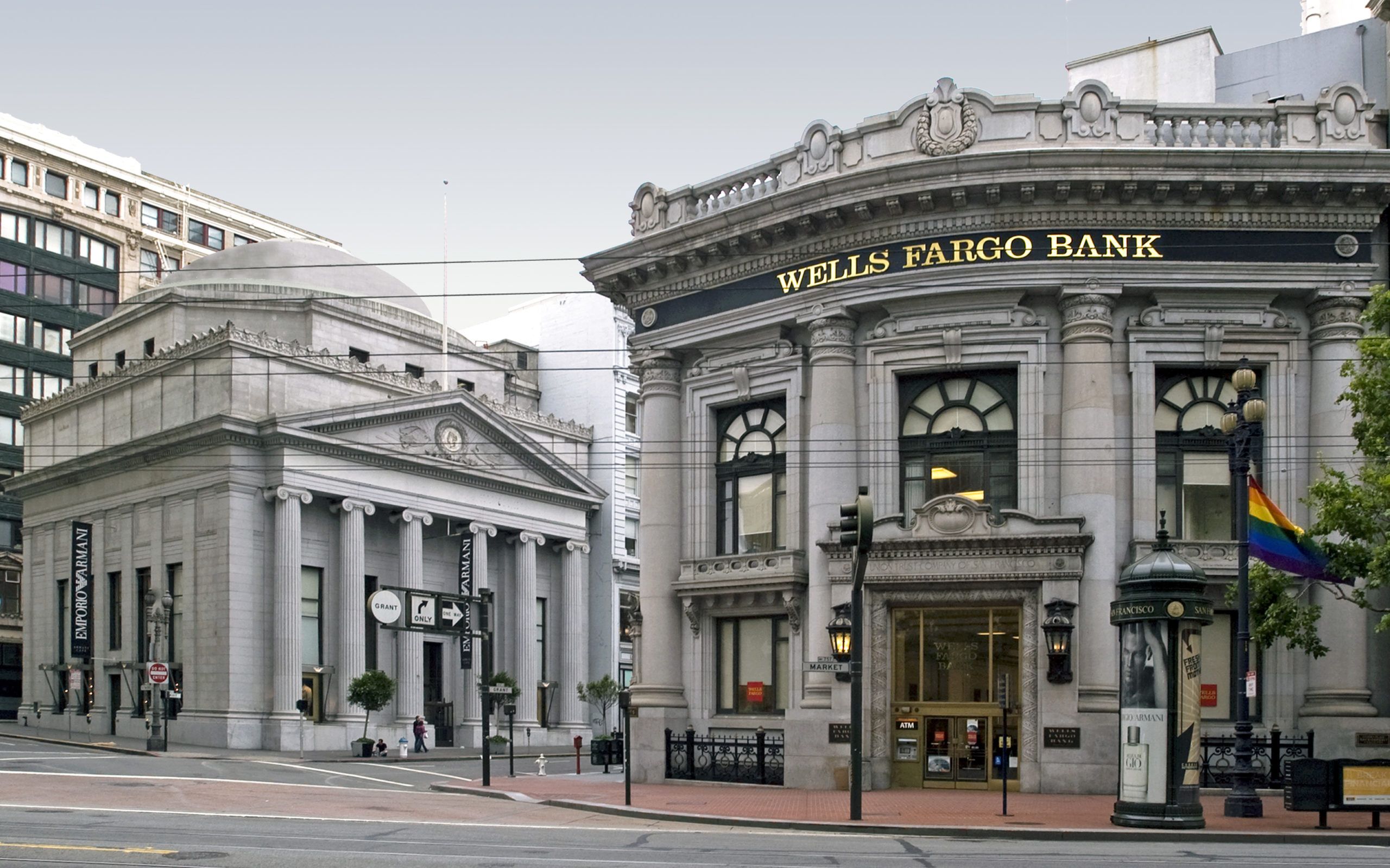Adam Bergman is senior vice president for cleantech banking at Wells Fargo and is actively working to bridge the gap between agtech startups and the bank’s farm-owning customers who could benefit from their innovations.
According to the American Banking Association, Wells Fargo is the largest commercial agricultural lender in the United States with about $7 billion in agricultural loans in 2017. That means that the bank has big incentives to try to help reverse declining incomes on American farms (predicted to decrease 8.7% this year) and Bergman thinks technology will be part of that. We caught up with Bergman to discuss the role of financial institutions in the agtech startup ecosystem and how Wells Fargo is supporting it.
What are the nuts and bolts of how Wells Fargo is getting into the agtech space?
What we’re trying to do is to help build out an ecosystem. One of the advantages that we have is that we have a huge customer list of people we work with throughout ag. They’re our customers and they’ve been our customers for decades and a number of them are asking us for innovation. They’re asking us what is out there. What I try to do is work closely with our national food and ag team, as well as our ag advisors group, to tell them about what we are seeing with the hope that we are able to find areas where we can help bring new technology to our existing customers to help fuel innovation – to let them try out the products to validate the products.
There is a lot of really strong innovation happening and, at least what I’ve seen to date, a lot of startups struggle with getting people to test the technology, to validate it and be a referenceable customer. That’s one of the things that we’re working on. It’s still a very early-stage industry.
We’re looking to play a very strong role throughout all of the traditional banking services, from commercial banking to lending to investment banking. But we’re taking a long-term view because we know the sector is just starting and it takes many years for these companies to scale. We want to work with them early on to help them find strategies and find customers to validate them.
We are publicly out there as a sponsor of Thrive Agtech accelerator and during the Forbes AgTech Summit, we awarded a $300,000 grant to Thrive. And there’s another significant incubator/accelerator that we’re looking to support, we’re finalizing that right now.
What kind of companies does Wells Fargo lend to in the agtech space, if any?
Wells Fargo historically is not an early-stage lender. So when we look at companies in agtech space, we look at them in a similar way to cleantech companies or tech companies.
We would like them to be close to break-even as a starting point. In terms of working with early-stage companies, I find that most of my work is really helping to build out this ecosystem, working with family offices and venture capital firms to make introductions, to help them raise equity capital because typically, while all companies are interested in getting debt, most early stage companies are looking more realistically at getting equity financing.
There is an increasing number of investors out there and being a link between emerging agtech companies and investors is a place we want to be.
There are several VCs getting into agtech investing that have never been in it before. What is your advice for them?
The technology is fascinating but you really need to understand who is going to use it, how you are going to get them comfortable that it works and get it validated, and how you prove out the economics.
The number one thing they need to figure out is who their customer is and how they can get that person to try the technology and prove it works. Once you can prove it works, you’re going to be better placed to work through the other component, which is the economics of it and the adoption cycle.
Why is the largest commercial agricultural lender in the United States getting into agtech?
Through our national food and ag group we’ve always had a presence in ag and we’ve always looked to see what kind of innovation is happening. I think the role that myself and others are looking to play, is to help spur innovation coming from a couple different areas.
There is a substantial amount of investment in solving challenges in the ag value chain. The first thing that jumps out at me is labor. Minimum wage laws are rising very significantly and putting pressure on farmers in terms of cost structure, and with uncertainty around immigration, farmers don’t know if they’re going to have a labor supply to help them throughout the year.
Today we’re seeing challenges around farm incomes. In the last few years, they’ve gone down and they’re expected to continue going down in 2017. I’ve seen numbers of 5-8% and if you’re in the sector and you see your profitability declining, you have to think about what you can do increase your revenue and decrease your cost structure. Technology has the opportunity to be a big player here when you’re in commodities and you know that it’s highly unlikely that you can move a market to sell your product for more.
And then there is safety and traceability. We’ve seen recalls. We’ve seen consumers die from eating tainted food. And I think consumers today are asking more questions. If you pick up a beer today, a lot of them have labels that you can scan that tell you the whole life cycle from when it was brewed to getting to you today. In most instances with fruits and vegetables, poultry, beef, or seafood, you don’t have that same ability to understand the life cycle.
And finally – and a lot of this is being driven by demographic change and Millennials – its organics. People want to know that the food they are eating is organic and this is driving a level of innovation that we have not seen in the ag sector previously and I think it’s pretty exciting because more investors are coming in to support these activities. And the capital is there. It has to be longer term and more patient capital, but the trends are going in a such a way that you can make money.
And the other trend I didn’t mention is alternative protein and the fact that you have a growing class of middle-income consumers in the developing world who are going to be looking to have similar diets to what people in the western world eat today. That is going to drive increased consumption of chicken and pork and beef and it will be a big drain on our resources.
A lot of this is a necessity. Farmers are the best entrepreneurs. They were the original entrepreneurs and given new tools in their arsenal, they will continue to react to the challenges they face today.





